Tag: energy
-
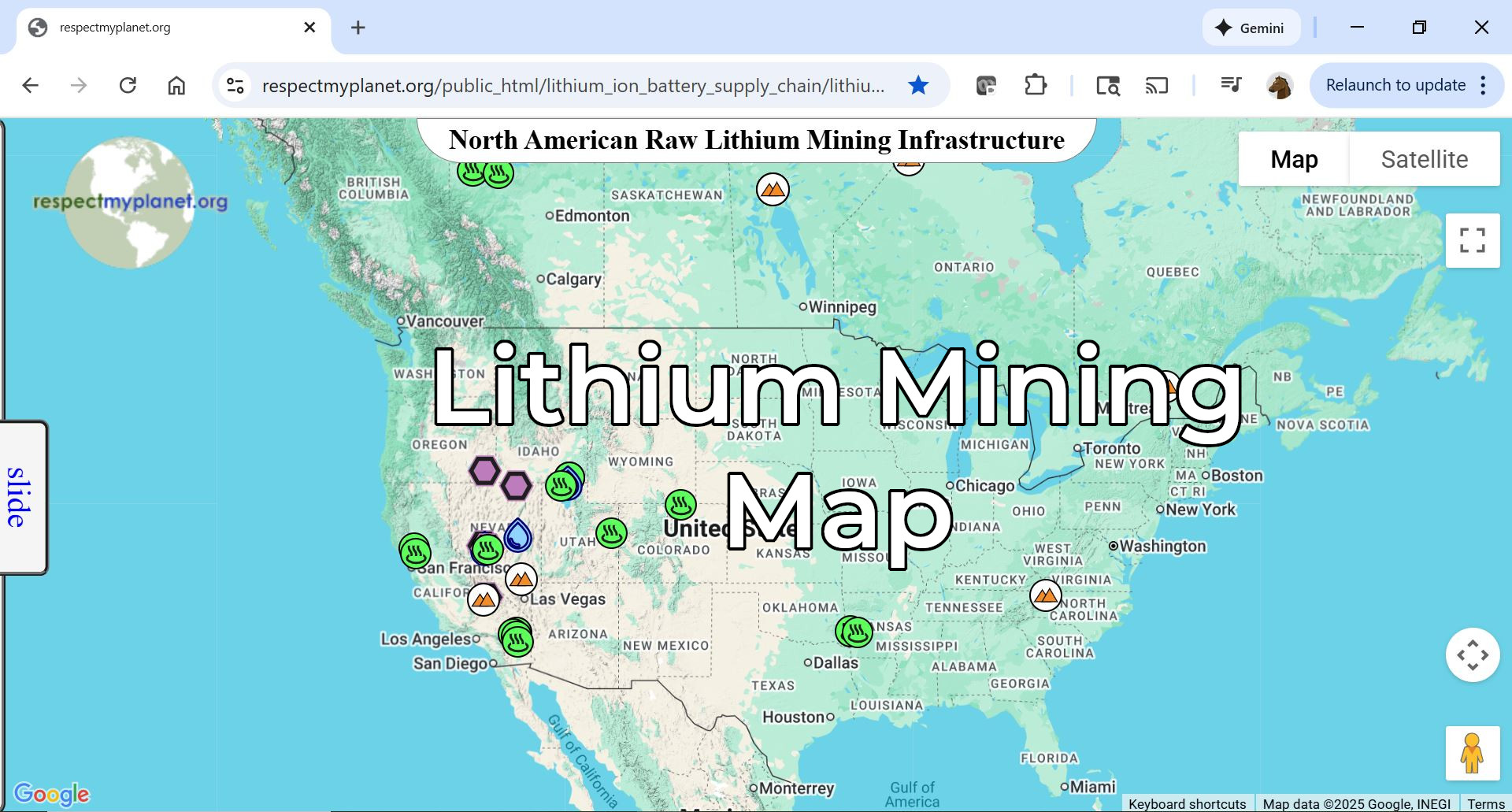
RMP’s Lithium Mining Map
The post discusses RMP’s advancements in visualizing the North American lithium-ion battery supply chain through an interactive map developed from the extensive NAATBatt database. By creating curated maps focusing on specific supply chain segments, RMP improves understanding of lithium extraction methods and their implications, facilitating targeted analysis while maintaining data accessibility.
-
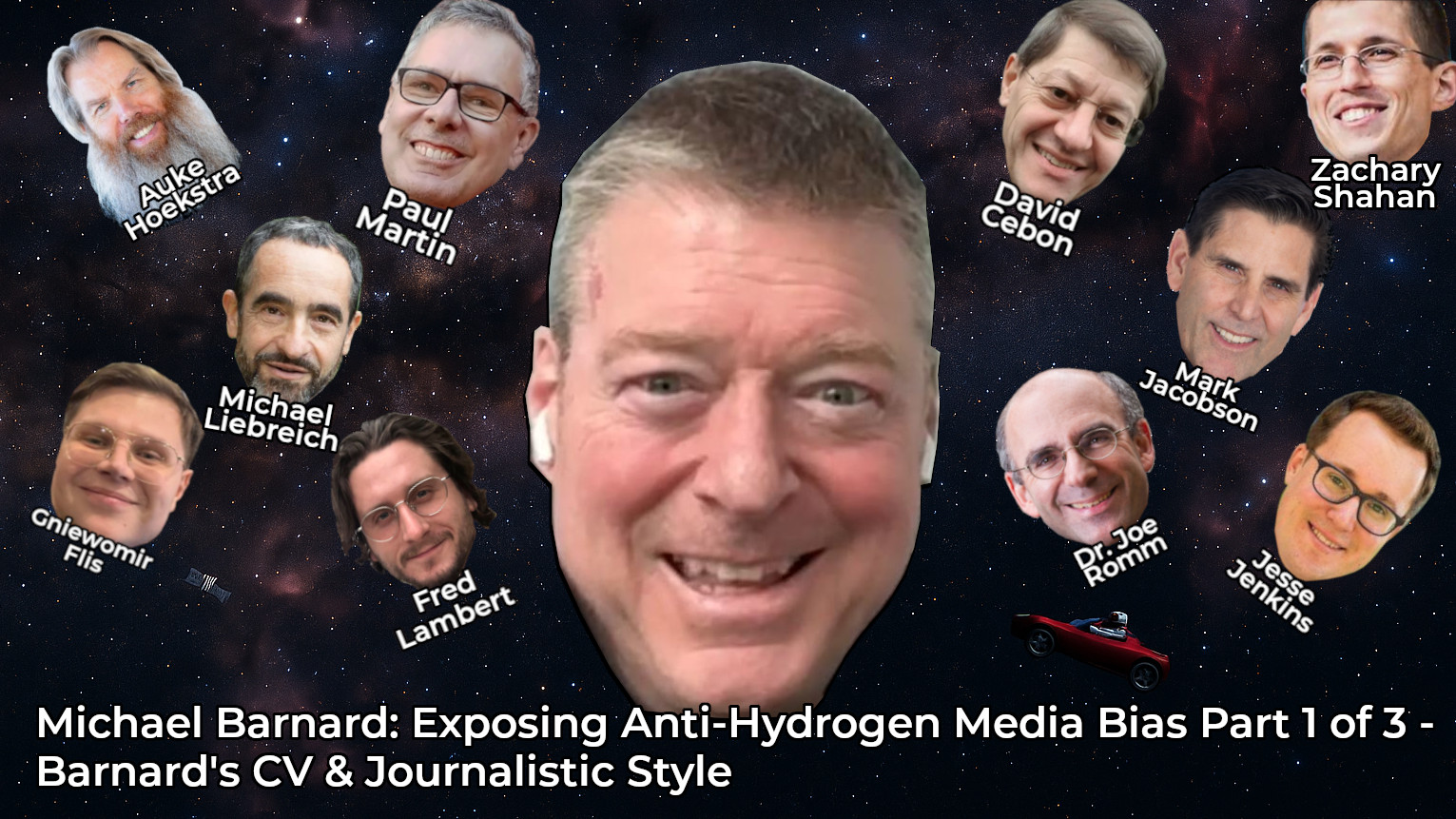
Michael Barnard: Exposing Anti-Hydrogen Media Bias Part 1 of 3 – Barnard’s CV & Journalistic Style
This is Part 1 of a three-part series titled: “Michael Barnard: Exposing Anti-Hydrogen Media Bias – Part 1 of 3 – Barnard’s CV & Journalistic Style” In this section, the topic and thesis statement for the series are introduced, along with Barnard’s curriculum vitae and journalistic modus operandi. We also explore how Barnard fits into…
-

RMP’s International LNG Map – 10th Anniversary Upgrade with Report
Introduction In the early 2000s, the United States was bracing for a natural gas shortage. Domestic production was in decline, and forecasts predicted a growing dependence on foreign energy. Against this backdrop, Cheniere Energy began developing their Sabine Pass facility in Louisiana as an import terminal for liquefied natural gas (LNG). This project aimed to…
-

Hydrogen and Water: Putting Consumption into Perspective
Introduction Hydrogen as a clean energy source has been the subject of increasing debate, with critics often citing the water consumption required for its production. While it is true that electrolysis—the process of splitting water into hydrogen and oxygen—requires water, the broader conversation about water usage is often neglected. Many of the same people who…
-

The Truth About Blue Hydrogen
Blue hydrogen is a net zero way of making hydrogen for cars, trucks, boats, ammonia, or anything for that matter. This means a lot of energy produced with no CO2, NOx, SOx, or particulate emissions. Recently some big announcements came out about blue hydrogen investments in Edmonton & Louisiana. These big announcements prompted anti-hydrogen critics…
-
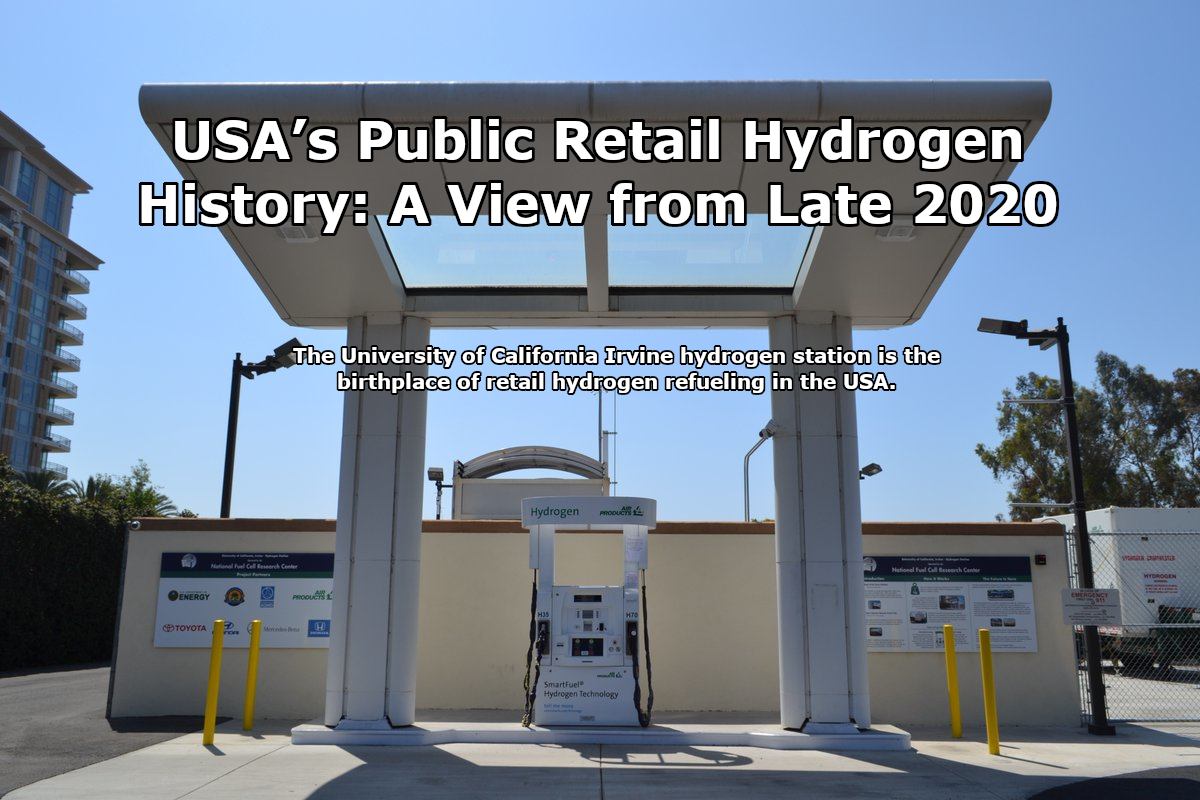
USA’s Public Retail Hydrogen History: A View from Late 2020
The new hydrogen stations opening in California are not like the ones from four years ago, they’re massive. These new stations have 1,200kgs of capacity & can be replenished in a couple of hours and keep on refueling. These new stations mark a step change in hydrogen refueling scale and represent a great time to…
-

Zero Emission Ammonia Production from Green Hydrogen
RMP’s new post about Zero Emission Ammonia Production from Green Hydrogen examines where we are in August 2020 with regard to scaling production of green hydrogen for green ammonia. Green Ammonia pilot projects are ongoing around the world but in this post, we examine why Australia is the world leader in green ammonia & how…
-
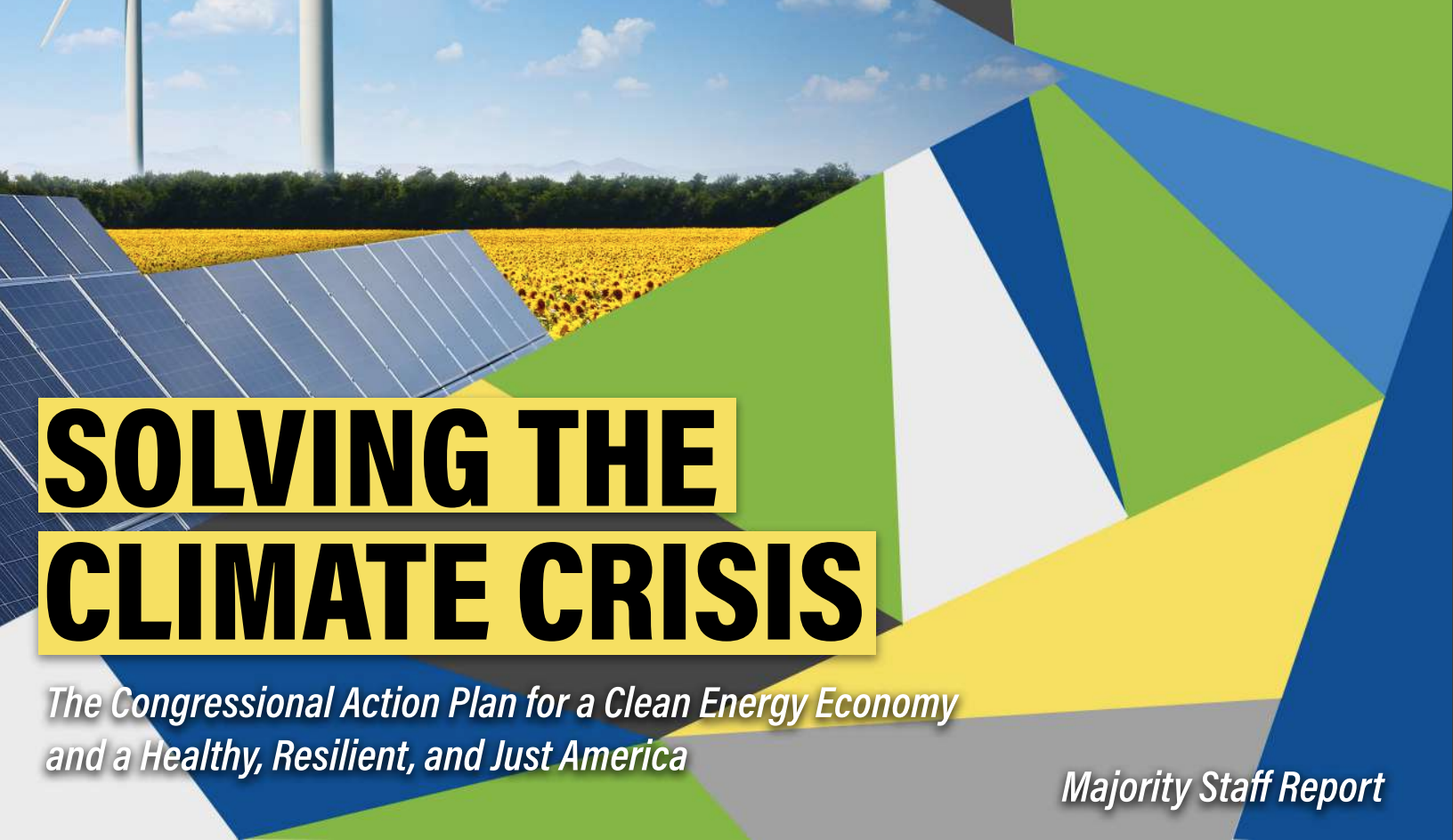
Solving the Climate Crisis – Document Review
The Select Committee on the Climate Crisis recently published (June 2020) a massive (547 page) & comprehensive report called “Solving the Climate Crisis”. The report was prepared by the Majority Committee Staff of the 116th US Congress pursuant to H.RES.6. RMP is a non-partisan organization and wanted to give a review of this report as…
-

USA & CANADA QUARTERLY H2 INFRASTRUCTURE UPDATE 2020-Q1
RMPs USA & CANADA Quarterly H2 Infrastructure Report for Q1-2020 is off the press. The big story this Q is the new microgrid approval for Toyota’s Project Portal project. Also covered is the opening of the largest fast refueling h2 station in the USA at the Orange County Transit Authority located where MacArthur Blvd bisects…
-
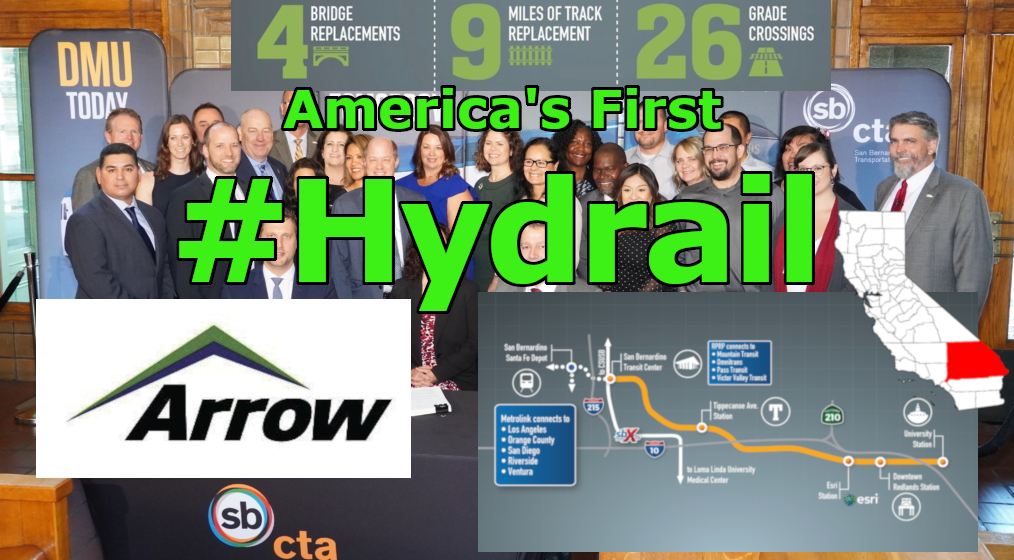
USA’s First Hydrogen Passenger Rail – San Bernadino California
The Redlands Rail Project has commenced in California and soon will host the USA’s first hydrogen powered train. Not only that, Michigan State University played an important role in helping the San Bernadino County Transportation Authority decide on using hydrogen fuel cells. Click through to learn more about the first #hydrail project in America &…
-

USA & CANADA QUARTERLY H2 INFRASTRUCTURE UPDATE 2018-Q4
We end 2018 with 3 new hydrogen refueling stations opening in California in the last week of the year. We have 22 stations planned to open in California in 2019. Click through to read about hydrogen infrastructure updates in the USA & Canada in 2018-Q4 and our outlook into 2019.
-

Quarterly USA H2 Report Becomes Quarterly USA & Canada H2 Report
RMP is based near Detroit, Michigan. The Detroit River separates the City of Detroit & the City of Windsor. The Ambassador Bridge connects the two cities and soon the Gordy Howe International Bridge, a once in a generation undertaking, will be a second major bridge connecting the two cities. Windsor is my personal connection to…